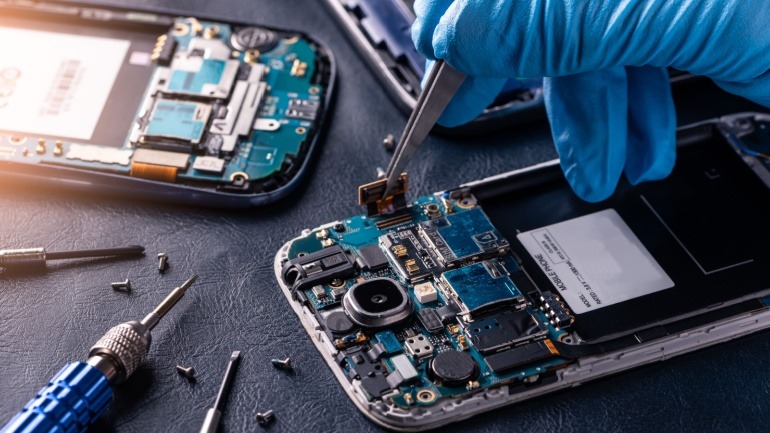Italy is gearing up for its first 5G Standalone millimeter wave network, enhancing Fixed Wireless Access in underserved areas. Announced by Nokia, this project supports EOLO in bridging connectivity gaps.
Vodafone, Qualcomm, and Ericsson have successfully completed 5G millimeter wave (mmWave) trials in the UK, showcasing remarkable results. The tests highlight mmWave’s potential in providing ultra-fast broadband speeds, achieving up to 4Gbps. Especially advantageous for VoIP communication, this technology can transform data-heavy environments, ensuring seamless connectivity and improved user experiences.
In a groundbreaking move, Hong Kong has allocated mmWave frequencies to its four mobile network operators without charging for the spectrum. The Office of the Communications Authority (OFCA) announced on Tuesday that it will distribute 1.2 GHz of spectrum in the 26 GHz and 28 GHz bands in the third quarter of this year, following applications from the telcos earlier this year.
In collaboration with Ericsson and Qualcomm, T-Mobile, renowned as the ‘uncarrier,’ has undertaken a groundbreaking 5G standalone (SA) test, showcasing the potential of its millimeter-wave (mmWave) spectrum. The test utilized an impressive eight channels, achieving a peak download speed of 4.3 Gbps, with uplink channels combining to reach 420 Mbps.
Nokia breaks 5G speed records at Finland’s OuluZone facility, demonstrating mmWave technology’s potential to overcome traditional limitations. Impressive 2.1 Gbps FWA downlink speeds achieved may soon enable operators to deliver widespread, multi-gigabit broadband coverage.
While 5G maintains its dominant position in telecom news headlines, Qualcomm has made a major move towards the realization of this disruptive technology with the announcement of the first fully-integrated QTM052 5G NR mmWave and QPM56xx sub-6 GHz RF modules for mobile devices. These antennas will be used in conjunction with the Snapdragon X50 5G module to achieve the stellar target speeds of 5G networks. “Qualcomm Technologies’ early investment in 5G has allowed us to deliver to the industry a working mobile mmWave solution that was previously thought unattainable, as well as a fully-integrated sub-6 GHz RF solution. Now, these type of modem-to-antenna solutions, spanning both mmWave and sub-6 spectrum bands, make mobile 5G networks and devices, especially smartphones, ready for large scale commercialization,” commented the president of Qualcomm Incorporated. Even though the mmWave signals can offer the critically higher speeds that are essential for this cutting-edge network, they can…
Ericsson and Ooredoo Qatar’s collaboration heralds a new era of digital transformation with strategic 5G solutions targeting enterprises and the public sector. This partnership promises to enhance connectivity, boost efficiency, and support sustainability by deploying private networks for vital sectors.
Canada is revolutionizing telecommunications with its expansion of 5G spectrum, including mmWave spectrum. This government initiative enables enhanced network performance, especially in remote areas, empowering sectors like smart agriculture and industrial automation.
Apple’s iPhone C1 modem chip marks a major shift in reducing reliance on Qualcomm, targeting an 80% cut by 2026. The 4nm modem, debuting in the iPhone 16e, enhances network performance but lacks mmWave 5G.
Samsung Electronics is enhancing UScellular’s 5G network in the Mid-Atlantic with its innovative 5G technology, focusing on fixed wireless access and mobile traffic. The deployment of the 5G Compact Macro simplifies installation and delivers high-speed, low-latency service, crucial for mmWave connectivity.













